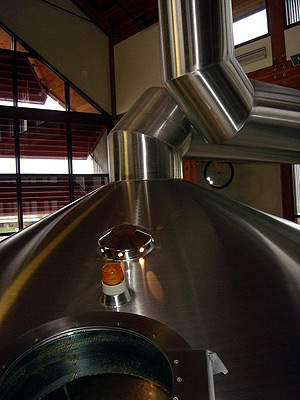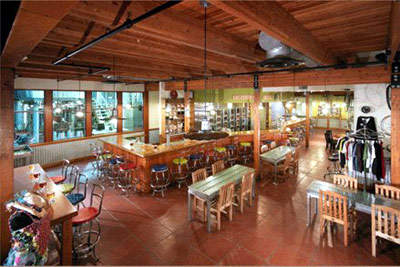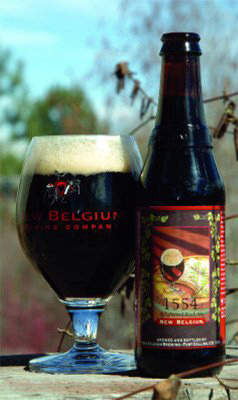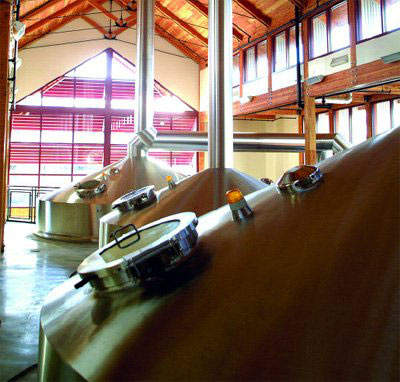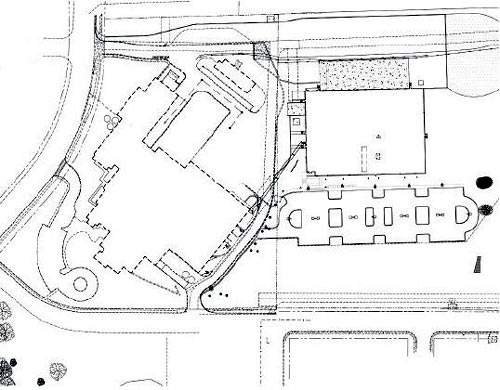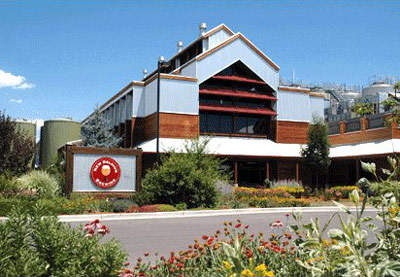In June 2007 New Belgium Brewing opened a new $26m bottling and packaging facility (constructed for $2m under the original budget), which was designed to double the company’s bottling capacity using innovative technology.
The company has also adhered to one of its founding principles of being true to the environment in that the new plant has been constructed using green building techniques and materials. The city of Fort Collins integrated design assistance programme provided financial incentive to build the new packaging facility in an energy-efficient manner.
The new 55,000ft (4,959m²) plant can fill and cap 700 bottles a minute and is capable of producing up to 850,000 barrels a year. The expansion has followed an 18% increase in sales in 2006, when New Belgium sold approximately 437,000 barrels of beer.
The New Belgium brewery has had double-digit growth every year since its inception in 1991. Currently, it is the third largest craft-brewer in the United States. The company produces a range of quality Belgian-style beers and one of its best known products is a light fruity beer called ‘Fat Tire’.
New Belgium also produces six all year-round beers; Fat Tire Amber Ale, Sunshine Wheat, Blue Paddle Pilsner, 1554 Black Ale, Abbey and Trippel as well as seasonal beers.
Jim Spencer, director of engineering at the brewery said: “Our new packaging hall will help us meet the growing demand for Fat Tire and our other Belgian-style beers. The new hall has been a labour of love and it puts us firmly in the forefront of beer packaging innovation.”
NEW BELGIUM BOTTLING TECHNOLOGY
The new facility uses a whole host of new technology to increase bottling efficiency and production. The plant features a state-of-the-art electronic filler, which uses an electronic sensor to determine when a bottle has been filled to the top.
There is a robotic case palletiser, nicknamed ‘Tetris’ (after the block stacking electronic game) that stacks cases safely and precisely on pallets for distribution. There is also an innovative loose-case packing system that wraps bottles to prevent damage during delivery.
The packaging line is monitored and controlled by a state-of-the-art computer system to provide real-time control over every process. The new system makes sure that every bottle of New Belgium beer gets the same care and attention during the bottling process that the brewers give it during the brewing process.
The packaging plant uses environmentally friendly principles in its operations. The labelling process uses a laser / wax product-quality coding on bottles that eliminates the use of high-VOC inks. The company reuses pallets and also employs a bottle manufacturer only 20 miles (32km) from the site.
The brewery also has a recycling area that bails cardboard and crushes glass. The company’s beer is packaged in several formats including bottles, cartons and six-pack carriers that contain recycled materials.
GREEN TECHNOLOGY
The new facility incorporates many green building and energy conservation measures. Skylights, solar tubes and windows are the primary light source for daytime illumination thus saving on electricity costs. Computer-controlled lighting controls optimise the use of high-efficiency T5 lights and natural daylight.
One of the main resources in a brewery and bottling plant is water and its use must be carefully controlled. The water used to rinse the insides of bottles is reused on the final exterior rinse and provides the water for the vacuum-pump seal.
The HVAC system uses displacement-ventilation technology and direct / indirect cooling. This system is freon free and the cooling towers use innovative technology to treat water without chemicals.
The hard standing around the facility is constructed from a porous concrete (allowing water drainage), landscaping uses xeriscape principles, and site lighting eliminates lighting pollution at night, which can disturb the natural rhythms of birds, animals and flora.
The building envelope features R-38 structural-insulated panels and high-performance window glazing, which saves heat during the cold winters of Colorado. The roof of the building drains to bioswales to maximise infiltration and cleaning of storm water.
Jim Spencer said: “As New Belgium grows, it is important we stay committed to what truly matters. Environmental sustainability is a core value at New Belgium and so it is very important to everyone that this new building has a green design.”
NEW BELGIUM FACILITY CONTRACTORS
The contractors for the new packaging hall at the New Belgium brewery included: Dan Brew of Denmark for process engineering and KHS USA Inc for supply and engineering of packaging equipment. The general contractor was Swinerton Builders of Colorado and the architects were RB&B architects of Fort Collins. The structural engineer was Peak Engineering Inc of Colorado.
The landscaping was carried out by BHA Design of Fort Collins. The lighting consultants were Dave Nelson & Associates of Colorado.
The energy consultant and mechanical engineers were EMC Engineers Inc of Colorado. Geotechnical engineering was the remit of Terracon from Fort Collins.
Materials and equipment were supplied by the following suppliers: 10in (254mm) thick structural insulated panels were from Enercept; Solarban Skylights and glass windows were from PPG Industries and Oldcastle Glass; Wassau Tile provided flooring and countertops; Interface Inc provided recycled carpet tiles; Yemm & Hart provided recycled toilet partitions; Vulcraft Corp provided recycled steel joists; Mankato provided wheatboard cabinetry for the facility; Tectum Inc provided ceiling tiles; National Wheel-o-Vator provided an office elevator; Thyssen Krupp provided the brewhouse elevator; ceramic tiles in process areas were provided by Agelith Bdenkeramik; office furniture was provided by Studio EG Inc.

